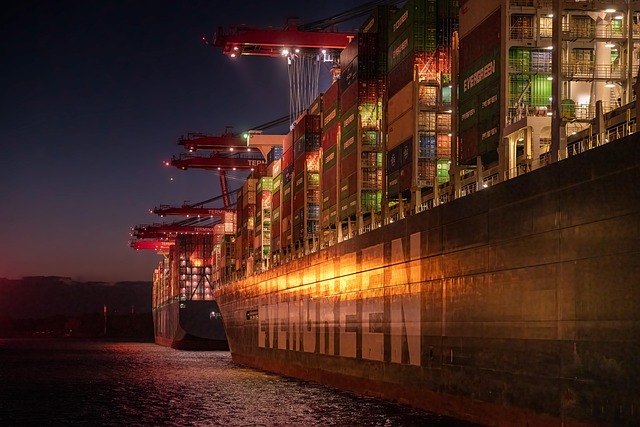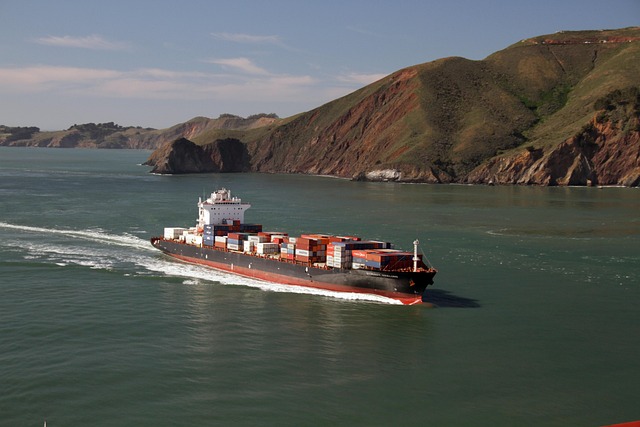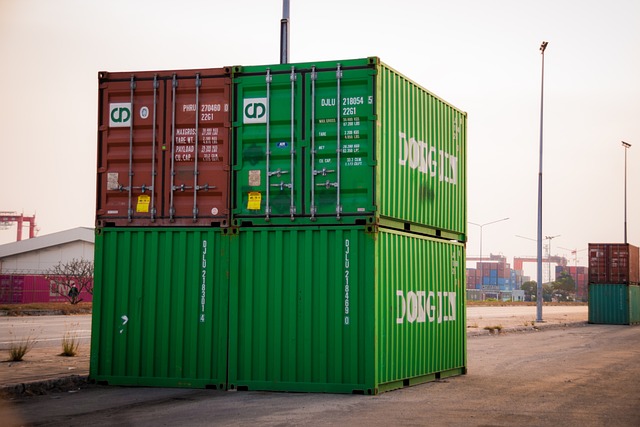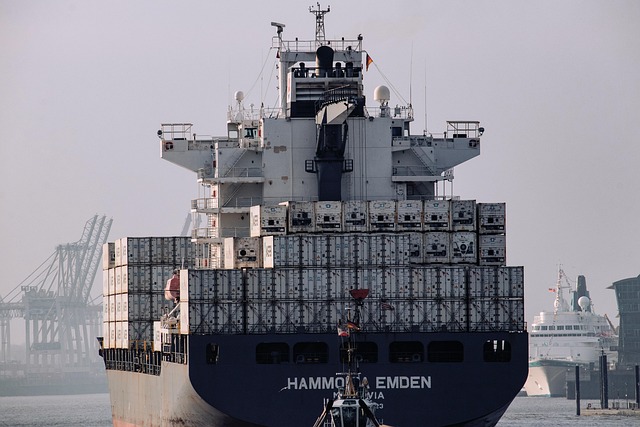Shipping container dimensions vary by size, with 20ft and 40ft being common, offering flexible internal spaces. ISO standards dictate external dimensions (e.g., 6.06m x 2.44m) for efficient logistics management, capacity planning, and space utilization. Standard height ranges from 8.5-9.5 feet, accommodating diverse cargo needs. Specialized containers like reefer, flat rack, and modular types cater to specific shipping requirements, enhancing global supply chain efficiency. Understanding container dimensions (length, width, height) is crucial for efficient packing and secure transportation.
In the world of logistics, understanding shipping container dimensions is paramount. This article delves into the specific height range of eight and a half to nine and a half feet, exploring its implications for storage and transportation. From optimizing space in warehouses to efficient stacking during transit, these dimensions play a crucial role in global trade. By examining standard shipping container sizes, we uncover insights that can revolutionize logistics strategies for both seasoned professionals and newcomers alike.
- Understanding Standard Shipping Container Sizes
- The Range of Heights: 8.5 to 9.5 Feet
- Implications for Storage and Transportation
- Optimizing Space: What It Means for Logistics
Understanding Standard Shipping Container Sizes

Shipping containers come in various sizes, each catering to different transportation and storage needs. Understanding these standard shipping container sizes is crucial for efficient logistics management. The most common dimensions include the 20ft and 40ft containers, with internal spaces that offer flexibility for loading and unloading.
The external dimensions of a standard container, as specified by ISO (International Organization for Standardization), are essential knowledge when planning storage or transportation. For instance, a 20ft shipping container has approximate dimensions of 6.06m (length) x 2.44m (width) x 2.59m (height), while the 40ft container measures 12.19m in length, 2.44m in width, and 2.59m in height. High cube containers, a variant of standard ones, offer increased internal height for bulkier cargo. These dimensions play a significant role in determining the shipping container’s capacity, stability during transit, and optimal utilization of space.
The Range of Heights: 8.5 to 9.5 Feet

The standard height for shipping containers falls within a range of 8.5 to 9.5 feet, offering versatility and adaptability for various logistical needs. This dimension is particularly crucial when considering the internal space available for cargo storage, especially in compact or specialized containers like the 20ft and 40ft variants. The 8.5-foot mark represents a more narrow, compact size, ideal for spaces where every inch counts, while 9.5 feet provides slightly more room, catering to larger but still relatively standard cargoes.
Within this range, shipping container dimensions vary according to their type and purpose. For instance, high cube containers offer enhanced internal height, typically reaching 9.2 or 9.6 feet, making them perfect for bulkier items that require extra vertical space. Meanwhile, reefer containers designed for temperature-controlled transport may have slightly different door opening dimensions and overall sizes to accommodate the necessary equipment for refrigeration. A comprehensive shipping container size chart can guide users through these variations, ensuring they select the right container dimensions, whether in metric or imperial units, based on their specific requirements.
Implications for Storage and Transportation

The height of shipping containers plays a significant role in dictating their storage and transportation capabilities. Containers with heights ranging from eight point five to nine point five feet, like the 20ft and 40ft variants, offer unique advantages. These dimensions ensure efficient stacking, crucial for optimizing space in warehouses and ports. The internal dimensions of these containers—typically around 20ft or 40ft in length, 8ft in width, and with ceilings that can reach up to 9.5ft high—allow for the accommodation of a wide array of cargo types.
This height range also influences door opening dimensions, which are essential for loading and unloading operations. The standard ISO container dimensions ensure compatibility across different transport modes, be it road, rail, or sea. Moreover, specific container types like reefer containers (for temperature-controlled transport), flat rack containers (for oversized cargo), open top containers, and modular/custom containers have dimension variations that cater to specialized shipping needs. This versatility in container dimensions contributes significantly to global supply chain efficiency.
Optimizing Space: What It Means for Logistics

Optimizing space within shipping containers is a critical aspect of logistics, especially given the diverse range of goods transported globally. The specific height dimensions of 8.5 to 9.5 feet offer both advantages and considerations for shippers and logisticians. This unique feature allows for increased flexibility in loading and unloading processes, catering to a variety of cargoes.
For instance, taller containers like the 20ft or 40ft high cube varieties can accommodate bulky items that require more vertical space. This is particularly beneficial for industries dealing with palletized goods or oversized equipment. Conversely, shorter containers such as the standard 20ft and 40ft ISO containers are ideal for lightweight, compact cargo. Understanding these shipping container dimensions—from external and internal to door openings and floor plans—enables efficient packing, minimizes voids, and ensures secure transportation.
In conclusion, understanding the specific height dimensions of shipping containers, typically ranging from eight point five to nine point five feet, is paramount in the realms of storage and transportation. This knowledge optimizes space utilization, significantly impacting logistics operations. By recognizing these standard sizes, professionals can efficiently navigate the bustling global supply chain, ensuring cargo fits seamlessly within these versatile containers.
